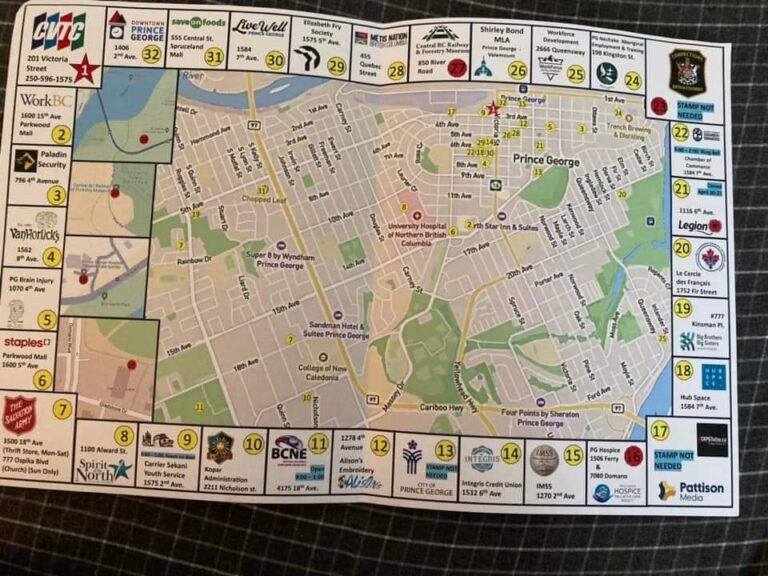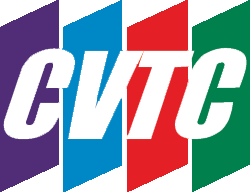In the last year, since Covid-19 swept through, upending employment, shopping, education, and basically Life As We Know It, the Canadian government stepped in and made some massive changes to things like EI, top-ups for child tax benefits, the CERB, and so on, to prevent many people from falling in the cracks, losing their homes, and starving. But most of these measures were never meant to be permanent, and indeed, there were many who feared (or hoped) that everything would just go back to the way they were pre-pandemic, while others saw this as a chance to try something different.
Instead, as is usual in life, we are getting something that hovers in between.
New rules for employment insurance kicked in as of September 26 (sneaky buggers doing it on a Sunday!) These apply to new claims; if you have an existing, open claim, you are still going to fall under the old rules until the claim expires. Here’s what you should know.
Who’s Eligible for EI Now?
Under the old rules, EI applicants had to have worked a minimum number of qualified hours, usually 600, though that number varies wildly, swinging between 420 in some areas and over 700 in others. The reason for the swing is dependent on overall unemployment numbers for the region. Under Covid, the hours were a lot lower, with applicants receiving a top-up to help them qualify.
Now all of that ends. In order to be eligible, no matter who you are and where you are, the hours requirement is 420, which will be in place until September 24, 2022.
Personally, I feel like this is more practical. Having the hours being so incredibly swingy meant that you could never be quite sure whether you would be eligible or not (especially those who work in resource extraction or seasonal work) because it would vary from region to region, which never made sense to me. Furthermore, many of the highest EI eligibility hours were also in expensive regions, so it just gutted people on both sides. Leaving it at 420 means that no matter where you are working, you know exactly how many hours you need. And 420 hours isn’t too bad at all – it’s about 53 days, at 8 hours each, which almost perfectly covers seasonal workers.
We’ll have to wait and see if that sticks.
The other eligibility requirement is that workers will need a medical certificate (if they are going on medical EI) to prove they are sick and cannot work. This was temporarily waived over the last year due to Covid-19.
Is this an issue? Normally, I’d say ‘nah’, but given the shortages in many hospitals and clinics, the long wait times to see a practitioner in many places, and the fact that if you are sick, you aren’t supposed to leave the house, this could be problematic. Access to telehealth might be key in making this work and hopefully the medical certificate that comes from that will come quickly and easily.
What Are the New EI Benefits?
In the last year, the floor was $500, but that will now drop to $300 but only for claims made between September 26 and November 20. After that, the duration and value will be calculated using regional unemployment rates. (In the last year, that was temporarily replaced by a uniform one of 13.1%).
I’m not sure how I feel about that. $1200/month isn’t really very much money, and going back to a regional calculation makes it ‘swingy’ again, especially with the variants rearing their head. Perhaps they should have found a middle ground of perhaps 10% and kept it at that across the board, just to simplify the mathematics. But hey, I’m neither here nor there about that – they are the ones making it more inefficient for themselves. The drop in the amount does suck for people though. (Their justification is to bring it back in line with the Canada Recovery Benefit).
There will be more simplified rules around severance and vacation pay so that people can receive their benefits sooner. But there is again, a one-week wait period before benefits for any new claims. (Personally, I think the one-week wait things is kinda evil. Since you already have to wait about 28 days for your first payment, adding another week to that is twisted. If you’re living paycheck to paycheck, that will trash a budget and since you’re getting taxed on it anyway, I’ve never seen the justification of making people wait a week to act like a deductible. I paid into my EI – why should I pay a deductible on my own money?! But that’s fodder for another rant).
If I’m Already On EI?
Then none of this affects you (until next time). Anyone involved in the pilot project to give extra weeks to seasonal workers are still eligible for the five extra weeks of benefits until October 2022.
It was well understood that the way things have been for the last year wasn’t permanent, but only time will tell whether making these changes now was a good idea or premature.
-Charlene Mattson

